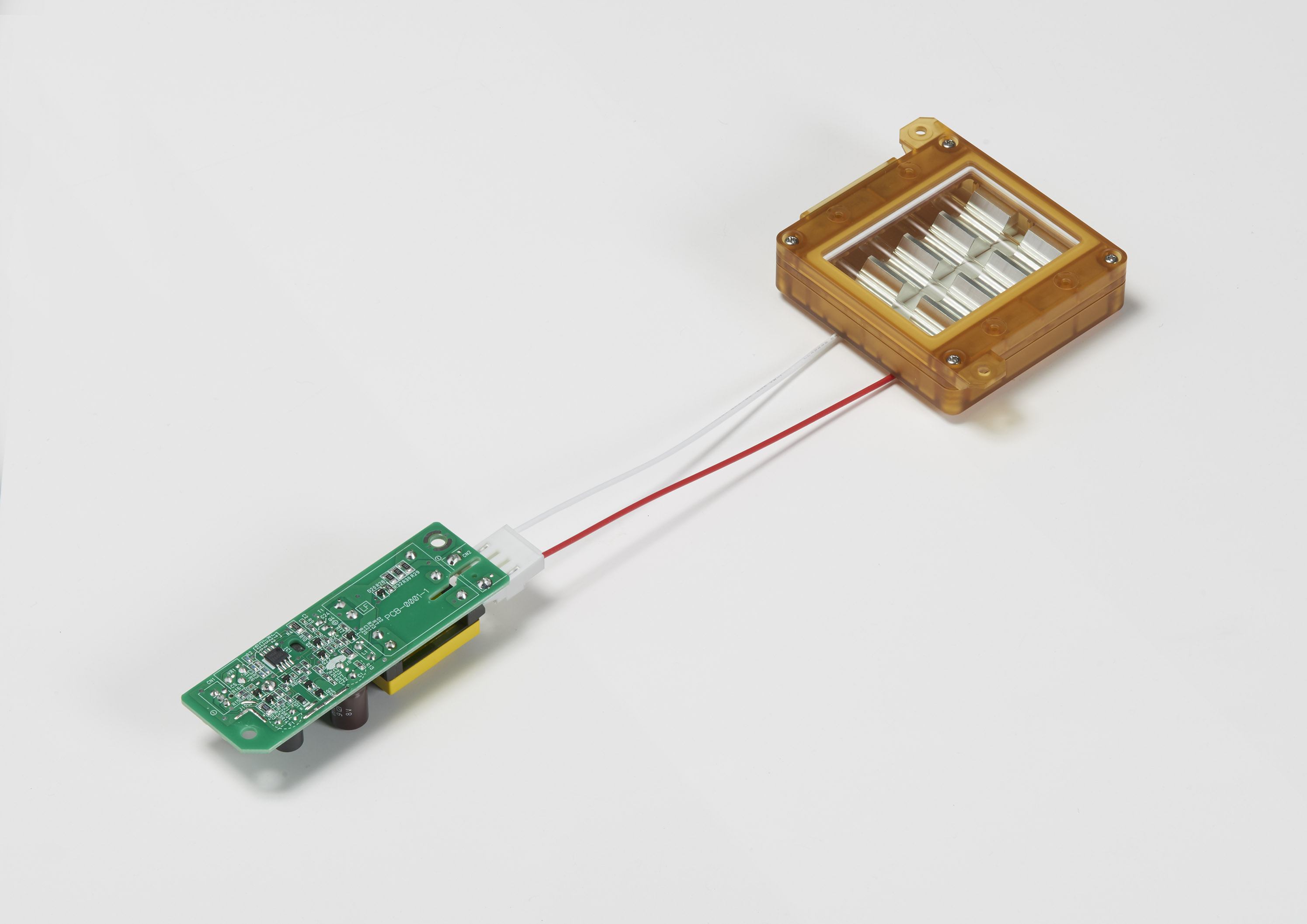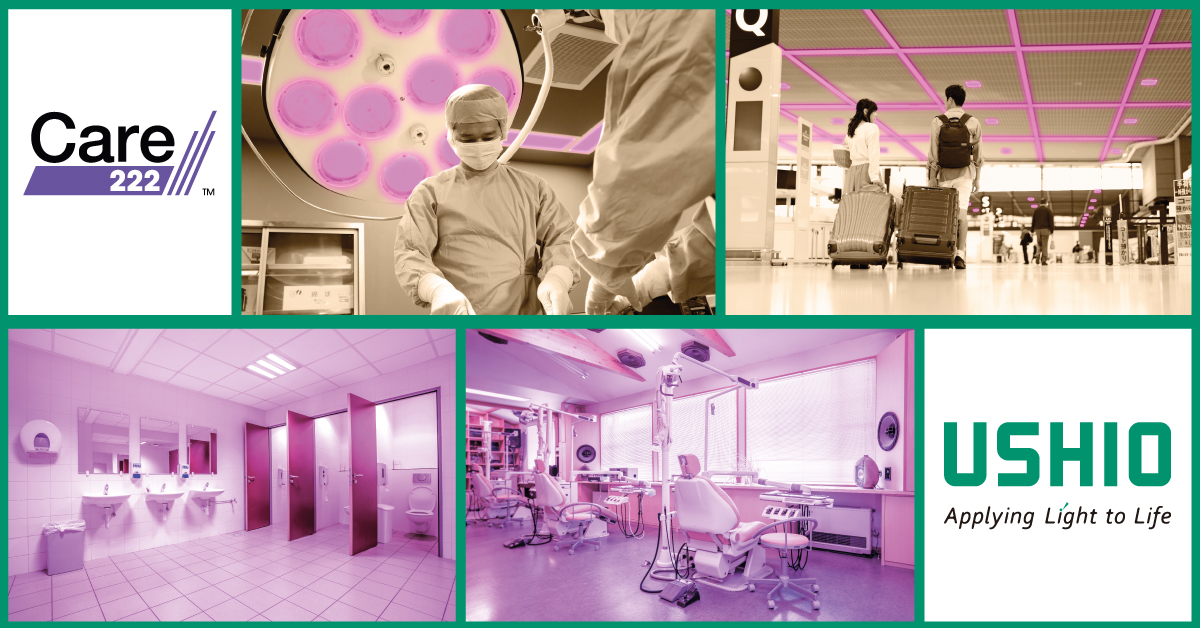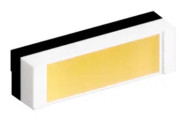Ushio and a research group from Kobe University Graduate School of Medicine have completed a study proven that irradiation of filtered 222 nm UV-C light on human skin reduces bacterial counts while causing no injury to the skin. This is the first study on the safety of 222 nm far UVC light conducted on humans. The research paper regarding this study is published on PLOS ONE, titled “Exploratory clinical trial on the safety and bactericidal effect of 222-nm ultraviolet C irradiation in healthy humans.”

(Image: Ushio)
In this study, Ushio’s Care222® UVC disinfection device irradiated 500 mJ/ cm2 of 222 nm UV-C light on the back of 20 healthy volunteers aged from 20 to 80 years. The Care222 device includes an optical filter that eliminates radiation from wavelengths above 230 nm. Twenty-four hours after the irradiation, none of the participants showed any signs of erythema (redness of skin).
The back of each participant was irradiated again with 500 mJ/cm2 of 222 nm UVC light using the Care222 device to measure the bacterial flora count on the skin scraped with a swab. The bacterial flora count was taken pre-irradiation, 5 minutes after irradiation, and 30 minutes after irradiation. The bacterial flora count significantly decreased by almost 90% after irradiation with the Care222 device.
When the irradiated area of the participants was assessed three months post-irradiation, none of them showed any signs of erythema, and no adverse event was noted.
Based on these findings, the researchers concluded that irradiation of filtered 222 nm UVC is safe and has a bactericidal effect on the human skin. Note that a previous joint study between Kobe University and Ushio showed that repeated irradiation of filtered 222 nm UV-C light did not cause skin cancer or cataract to hairless mice (a type of mice with extra sensitive skin).

(Image: Ushio)
It is important to use filtered 222 nm UV-C light in occupied spaces. Unfiltered 222 nm UVC lamps will emit radiation in the 230 nm (UVC) to 320 nm (UVB) range. Irradiation without blocking these higher wavelengths of light has been reported to cause erythema at 50 mJ/ cm2 and damage to the cellular DNA at 63 mJ/ cm2 or more.
Ushio’s Care222 device features a patented short band-pass filter that is based on groundbreaking research and technology developed by Columbia University and filters out the longer UV wavelengths emitted by the lamp.





 CN
TW
EN
CN
TW
EN







